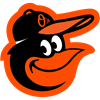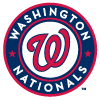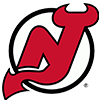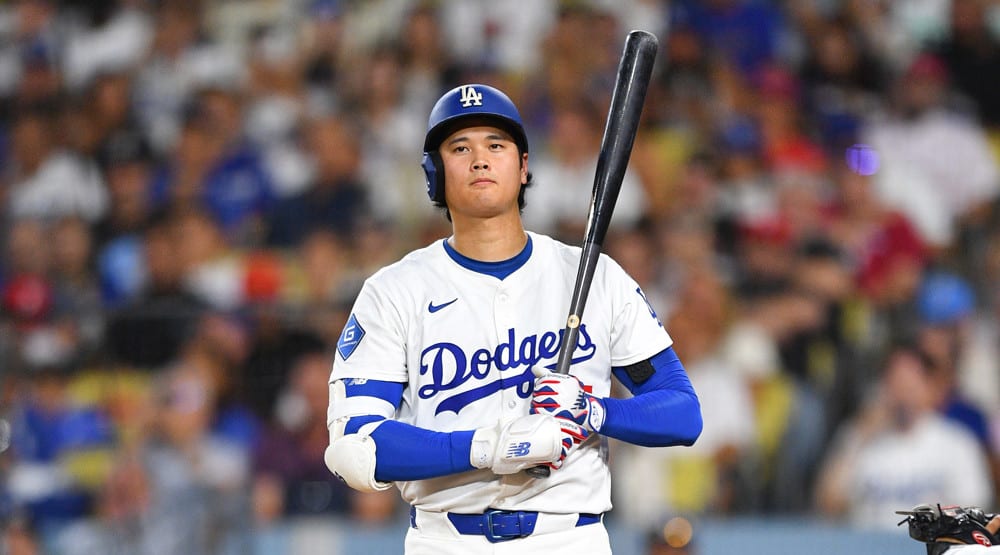With the end of the All-Star break comes the height of fantasy trade season, an intense flurry of activity as managers attempt to restock their rosters for the second half. The pitcher pool has endured depth charges that have left the group decimated, with a mix of injuries and poor performance that have claimed the fantasy values of countless arms. The few pitchers who have sustained their past levels of excellence are even more sought-after in light of their fallen brethren, but the second half looms with the promise of more arms claimed by the meat grinder of pitching in the major leagues.
So how to avoid the pitfalls? The second half can be brutal, as young pitchers are shut down due to innings caps, veteran pitchers can succumb to injury and virtually any player is subject to season-long fatigue resulting in ineffectiveness. The key is to sidestep the landmines in trade and toss the hot potatoes to other managers by anticipating the value changes that are sure to take place in the second half. This can happen on either end of the spectrum, from pitchers who are performing over their heads to those who are doomed to regress following an outstanding first half. Let's go over some of the outstanding cases, starting with the pitchers with great track records this season but who are destined to fall a run or three on the value ladder for the second half.
Jose Fernandez
Let me just get this out of the
With the end of the All-Star break comes the height of fantasy trade season, an intense flurry of activity as managers attempt to restock their rosters for the second half. The pitcher pool has endured depth charges that have left the group decimated, with a mix of injuries and poor performance that have claimed the fantasy values of countless arms. The few pitchers who have sustained their past levels of excellence are even more sought-after in light of their fallen brethren, but the second half looms with the promise of more arms claimed by the meat grinder of pitching in the major leagues.
So how to avoid the pitfalls? The second half can be brutal, as young pitchers are shut down due to innings caps, veteran pitchers can succumb to injury and virtually any player is subject to season-long fatigue resulting in ineffectiveness. The key is to sidestep the landmines in trade and toss the hot potatoes to other managers by anticipating the value changes that are sure to take place in the second half. This can happen on either end of the spectrum, from pitchers who are performing over their heads to those who are doomed to regress following an outstanding first half. Let's go over some of the outstanding cases, starting with the pitchers with great track records this season but who are destined to fall a run or three on the value ladder for the second half.
Jose Fernandez
Let me just get this out of the way: I love Fern. He might be my favorite pitcher in the game to watch spin the pill, the numbers are some of the best that pitching has to offer this side of Clayton Kershaw, and there might not be a more valuable commodity in long-term keeper leagues. For 2016, however, the rug will be prematurely pulled out from under him. The Marlins have already stated their intentions to keep Fernandez on a limited workload this season, and though we lack a concrete number on which to anchor, it would be a surprise if they let him go much more than 175 innings. He's thrown 107 frames already, so that leaves about 70 innings of his impeccable ratios; keep this in mind when engaged in a Fern trade, as he might only have seven or eight starts remaining and his trade value weakens by the day.
Aaron Sanchez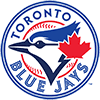
Sanchez won't get shut down completely, but the first-half revelation is expected to be shifted to the bullpen in short order so that the Blue Jays can limit his innings this year. That said, there will be a lot of pressure on the contending Jays to squeeze as much value as possible out of Sanchez before making the shift, particularly with Marcus Stroman struggling and the Orioles proving to be a formidable opponent in the East. That said, the options aren't great for a fantasy owner, given that the options are that he gets shifted to the bullpen - where he loses the vast majority of his value - or he is tasked with pitching unprecedented workloads at the risk of fatigue as the season goes through the dog days.
Drew Pomeranz
There are aspects of Pomeranz's breakout this season that are absolutely legit, including his addition of a pitch (a cutter) that has allowed the lefty to expand his repertoire and evolve the chess match with opposing hitters. The issue is that he is a fly-ball pitcher who is leaving the marine-layer-protected confines of Petco Park and the relatively soft offenses of the NL West for the gauntlet of the AL East and a home ballpark with minimal foul territory and which can punish a pitcher on shallow fly balls hit toward either pole. On the bright side, the cutter has helped Pomeranz to raise his ground-ball rate this season, so the transition is not quite as dire as it would have been at this time last year.
The Mets' Rotation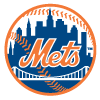
These guys entered the season as the best rotation in the game, and though some of the arms met or exceeded their outsized expectations in the first half, just about every pitcher with fantasy moxie is dealing with serious question marks coming out of the All-Star break. Noah Syndergaard and Steven Matz are both battling bone chips in their elbows, aspects that they can pitch through but which could have an impact on results and/or workloads. Matt Harvey is already on the shelf, following a half-season full of struggle. Jacob deGrom was injured out of the gate, took some time to hit his stride yet was nearly two ticks slower on his average fastball than it was last season. He has dealt with bouts of discomfort on the mound this year, though the results have been strong, but questions remain as to how well he will hold up amid a crumbling rotation on a team with playoff aspirations. In this game, your luck can change just that quickly.
Those are the success stories of the first half who are destined to fall from peak in the second, but what about the hard-luck cases? These arms would seem to present the classic "buy low" opportunities, given their success over the past couple of seasons but difficult road through 2016 thus far. The problem is that not all of these pitchers will necessarily regress in a positive direction, and there are a handful of pitchers and situations that require a caution flag.
Chris Archer
Everywhere he looks, there's a contending opponent in the batter's box. He plays for the only weak team in a brutal division, enduring the flip side of the David Price coin because Archer never gets to face the Rays' offense (while Price gets to avoid the high-powered offense of the Sawx). Including Friday's matchup with the Orioles, Archer has faced a team with a .500 or better record in 18 of his 20 starts this season. That said, difficult opponents are no excuse for the depths to which Archer has fallen, and though he still brings immense value in the strikeout category, the overall lack of dominance is reflected in the fact that Archer has yet to have a start of at least 7.0 innings with fewer than two runs allowed, a feat that he accomplished eight times in 34 turns last season. Archer has given up at least three runs in nine of his last 10 starts. He could still turn things around, but unlike Price, Archer has not pinpointed a potential cause for his ills, and it could take some time before he figures it out.
Sonny Gray
Gray had a horrific May, with four consecutive starts of at least five runs allowed, two of which saw him head to the showers before the fourth inning was finished. He skipped a start and things were okay in June (3.23 ERA in five starts and 30.2 innings) but his first start of July was another seven-run implosion. Gray has never been strong in the strikeout department, and with the A's being one of the few AL clubs with a losing record (making Ws hard to come by), Gray has been a detriment to all four fantasy categories that he can impact this season. He might be able to salvage some fantasy value in the second half, but as a pitcher whose value is concentrated in the ratios and who is struggling to keep those ratios above water, it is likely that his name value will exceed his fantasy value in the second half. Gray fits into the "evade" category.
Dallas Keuchel
Don't look now, but Keuchel has reprised the role that he had in 2014, before the days of Cy Youngs and before the days of 5.50 ERAs. Keuchel had a five-game run of quality starts heading into the break, a span of 32.1 innings with a 2.78 ERA and 23:8 K:BB ratio. By no means has he been dominant, even during the good times, and his Cy-worthy stats are unlikely to resurface in 2016. He might be heavily discounted so those in desperate need of innings may want to look Keuchel's way as a throw-in, assuming that his owners are have given up on the lefty. The walks, hits and homers are up significantly, a damning trio that warns gamers to temper expectations, but his long leash is attached to a potent lineup that could save him from a lost season if everything breaks right.
Relenting on Rooks
This applies to a laundry list of pitchers, including but not limited to Lucas Giolito, Julio Urias, Jameson Taillon and Tyler Glasnow. Urias and Giolito were the hottest pitching prospects heading into the 2016 season, but both players are long-term commodities whose teams are treating them with kid gloves as they get eased into the majors. Taillon is already on the DL, plus he carries the same Tommy John scar that will encourage the Nats to be careful with Giolito. Urias is just so young that the Dodgers will use him sparingly, therefore limiting his value for this season. Glasnow might have the best path to long-term playing time, but he is also the most volatile pitcher of the bunch. Even a supposedly "safe" pitcher like Michael Fulmer is likely to have his innings trimmed down the stretch, as in Fulmer's case he has never thrown more than 125 innings in a season and the Tigers are unlikely to extend him much past the 160-inning mark combined between the majors and minors (he has combined for 92.0 innings so far this year).














